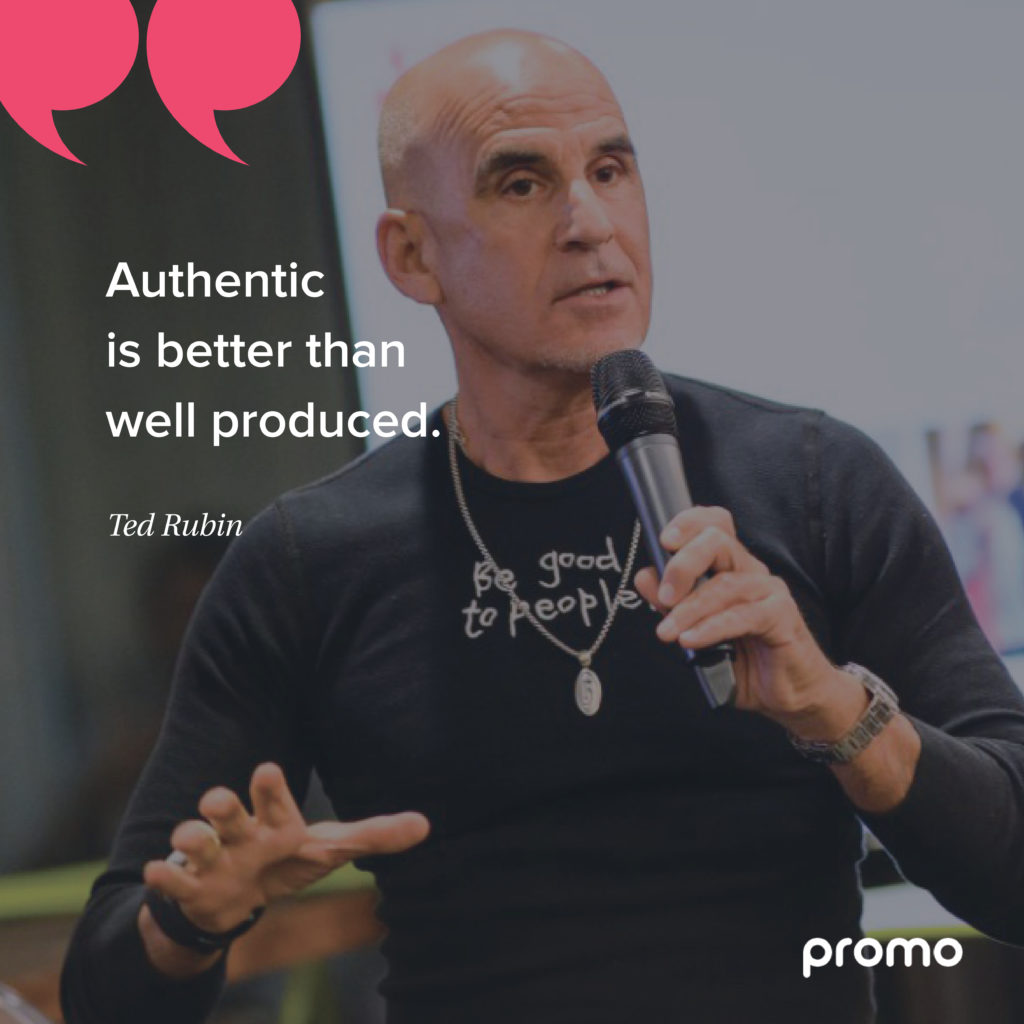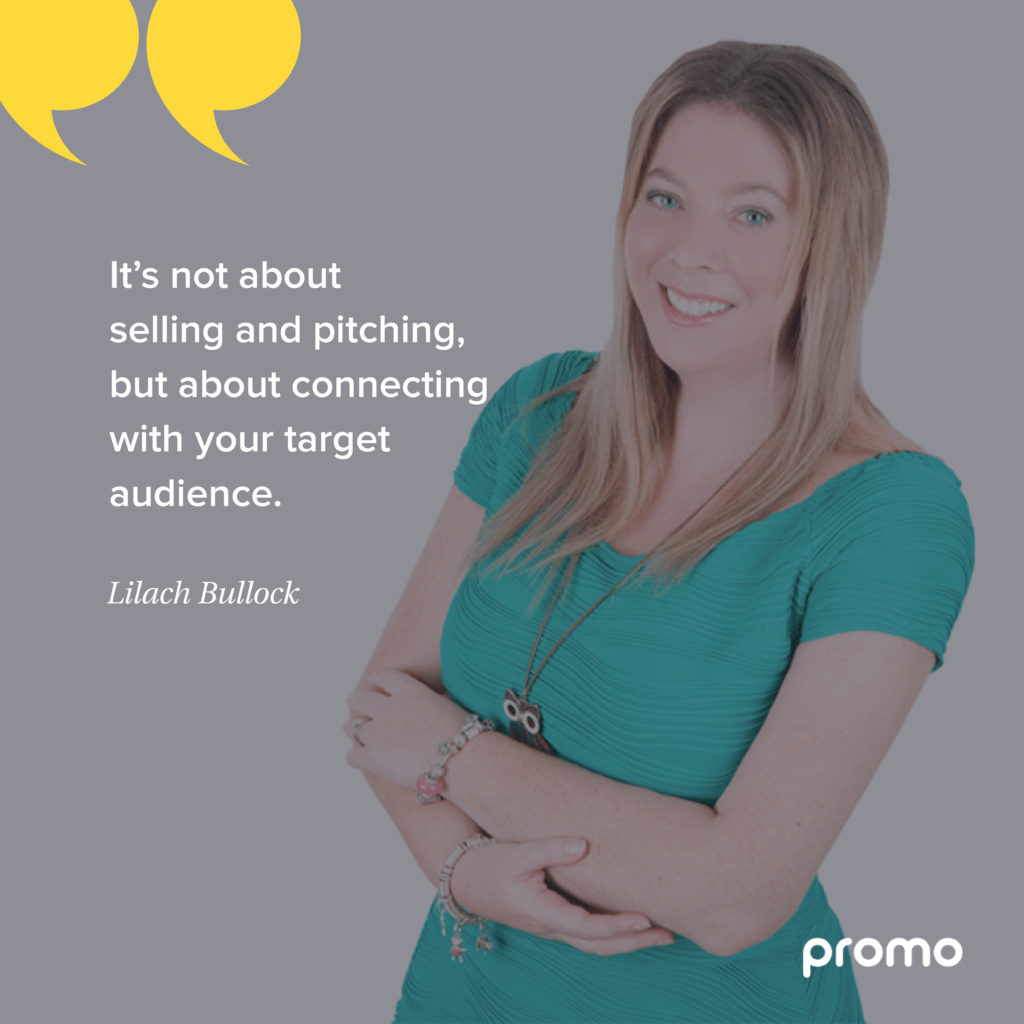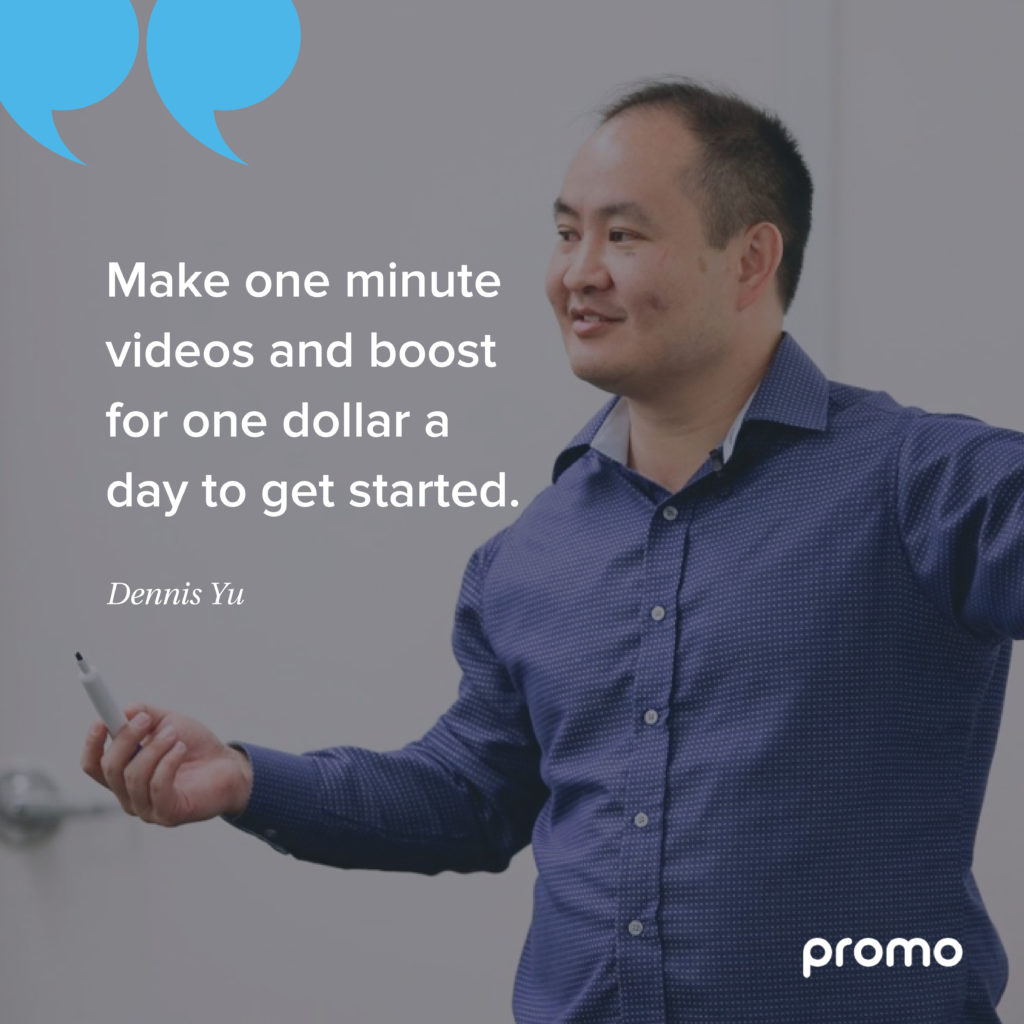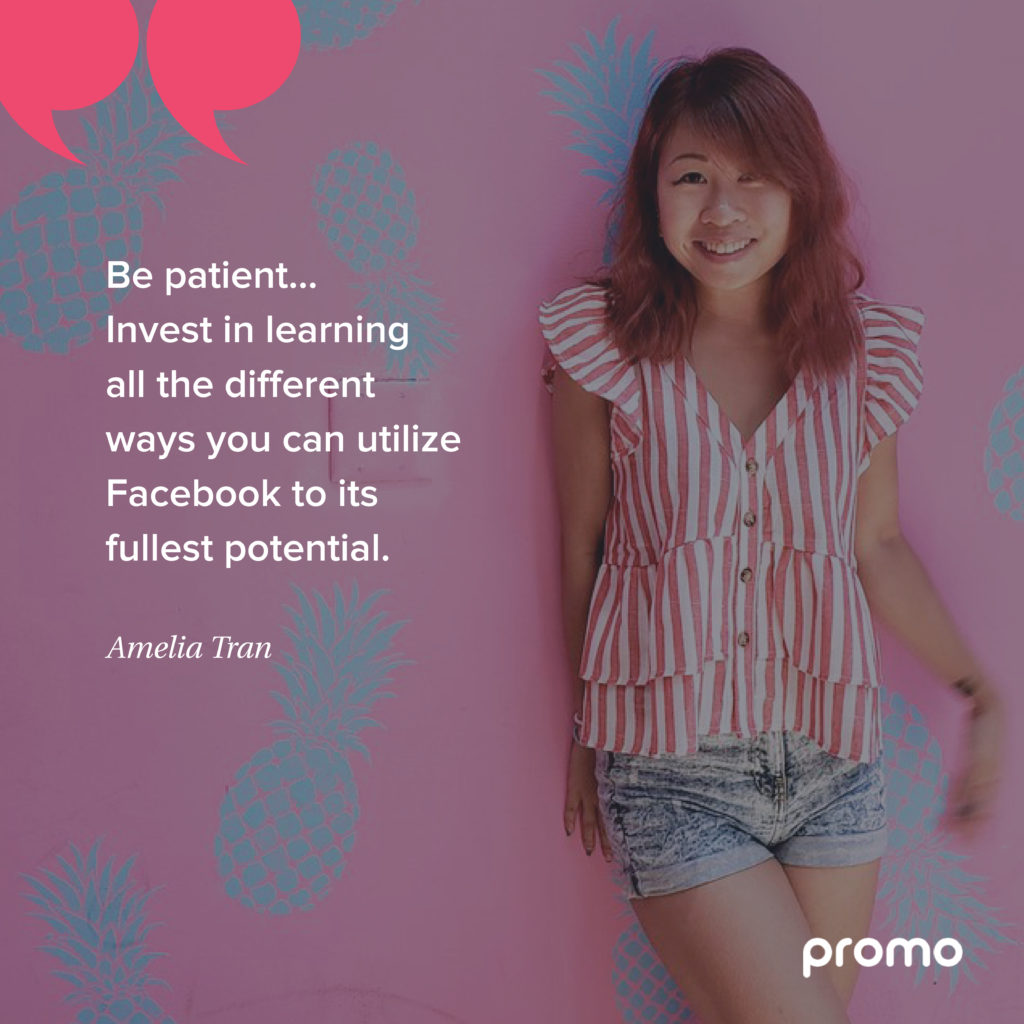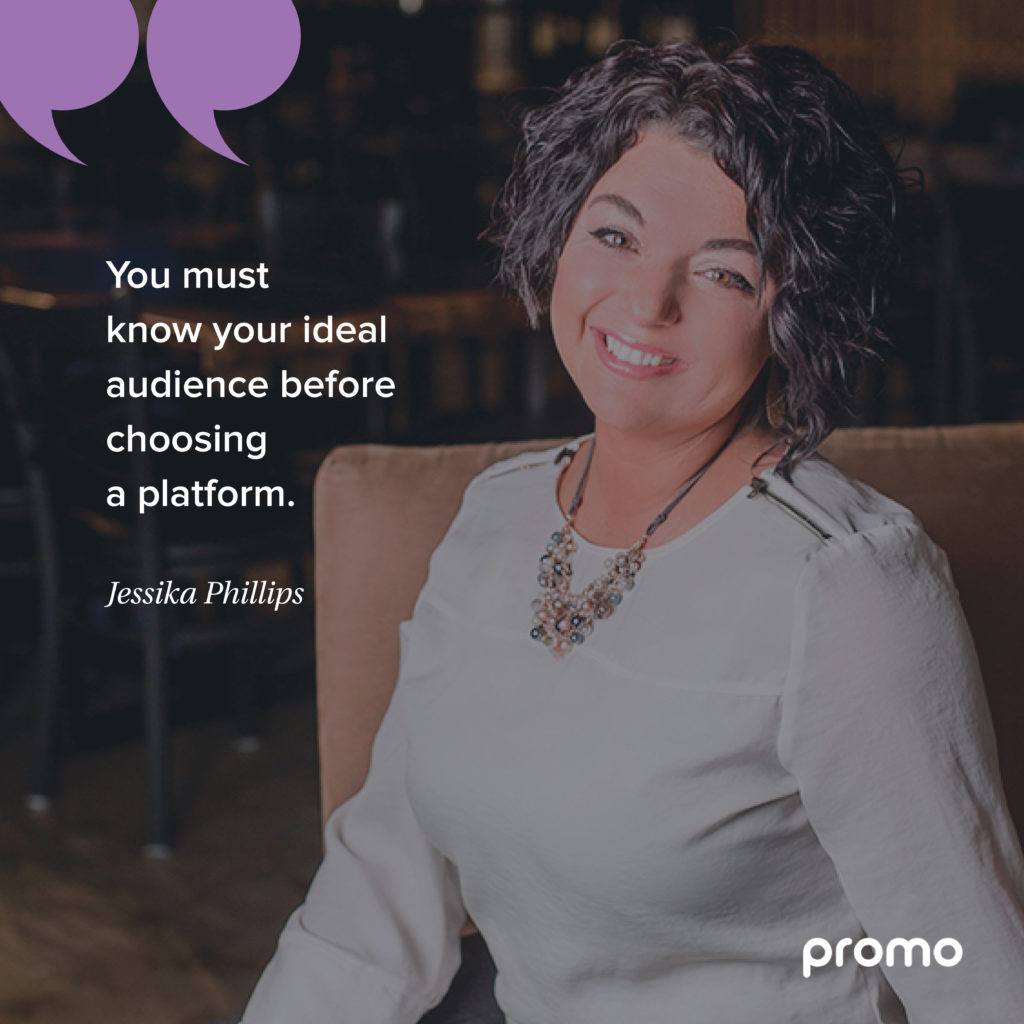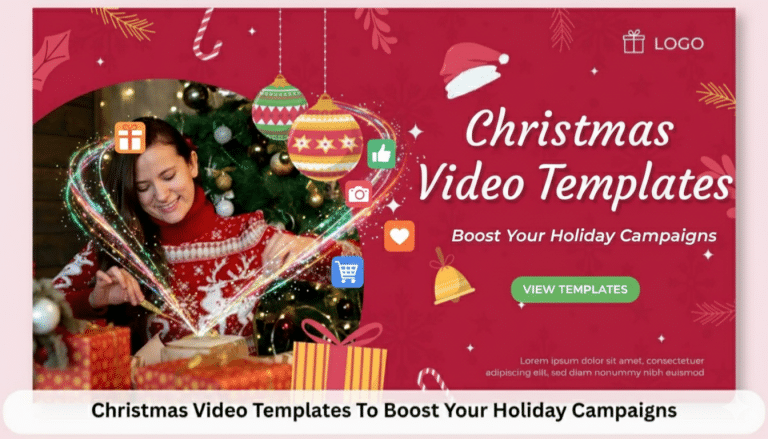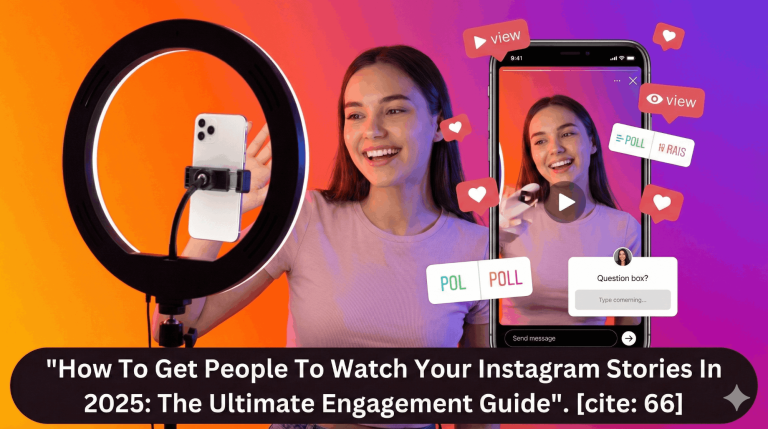
How to Get Started with Video Marketing: 13 Industry Experts Share Their Top Tips
The power of video marketing is undeniable.
Almost half of consumers now say they watch five or more videos online every day.
But, even more importantly, video drives action and purchase behavior. Deployed right, it can be used as part of a strategy to develop awareness, engage your audience, and drive consumers to take action.
For brands still considering video or on the fence about whether to start using video marketing, the writing is already on the wall–it’s time to make the leap.
But the question remains: how do you get started with video marketing? What should you do first? Do you need special tools or equipment? What can you do to make your content stand out?
Whether you’re brand new to video marketing or looking for ways to improve, it can be difficult to know if you’re on the right track without any guidance.
And who better to guide you than those who have already mastered the ropes?
That’s why we reached out to 13 video marketing pros — that’s a lucky number, right? — to find out exactly what you need to know when getting started with video marketing.
Meet the Influencers
As experts in their field, these individuals provided a wealth of insights and advice that will help you create effective, inspiring video content.
“Never make content to push to viewers. You won’t trick them and don’t need to. Make useful content and people will flood in.”
Warren Whitlock, Digital Media Consultant & Author
“Be like a consumer, so that your videos don’t look like blatant advertisements. Share what your best customers are saying about you, using light edits to make them ‘pop’.”
Dennis Yu, CTO of BlitzMetrics
“You should create videos that are relevant to your audience and can [capture] their attention within the first few seconds. Your videos should engage people and compel them to take actions such as sharing your content or making a purchase.”
Shane Barker, Digital Marketing Consultant
“One of the most important things to know about video marketing is that you need to tell some kind of story. It’s not about selling and pitching, but about connecting with your target audience with meaningful content that they can connect with – and you can achieve that by telling a story and using emotions to draw reactions from your audience.”
Lilach Bullock, Online Business Expert & Speaker
“You should really get to know (a) your audience and the type of content that helps them and (b) the platform you are creating content for and what type video content works best on it. Some platforms suit vertical video, others landscape video. Some do better with short-form content. Others thrive on long-form video. Viewers might tend to watch videos with the sound off (on Facebook) more than with the sound on (on YouTube and Instagram). All of these things should be taken into consideration when creating video content.”
Donna Moritz, Digital Content Strategist
“When you’re just beginning with video marketing it’s important to remember that less is actually more. Short, compelling videos are super effective on social media as attention spans are short.”
Brian Peters, Social Media Lead at Buffer
“Unlike regular video, the live format feels less rehearsed and edited, plus it shows up in your followers’ streams in a different way than regular video. Live streaming is a great option for delivering breaking news, sharing the excitement and energy of a live event, and doing big reveals after a period of suspense.”
Jessika Phillips, Social Media & Relationship Marketing Strategist
“Don’t worry about producing the perfect video! The more your video feels authentic and unscripted, the better the results you are likely to see. Lots of people are put off creating videos because of the fear of producing something that’s not a good enough quality. But actually, the odd blooper and camera shake can endear you to the viewer.”
Tony Restell, Founder of Social-Hire.com
“In my experience, even in advertising, phone snapshots and video performs better than well-edited beautiful content. I’ve quit using that content in ads altogether. Grab a camera and give something of value to your followers.”
Ted Rubin, Social Marketing Strategist & Speaker
“Have a plan and budget before you begin any video activities. Make sure you know your target audience and align the video with addressing their wants and needs.”
Jeff Sheehan, Influencer, Author & Speaker
“Be patient. Do not expect an immediate return, as with most marketing tactics. Invest in learning all the different ways you can utilize Facebook to its fullest potential. For instance, you can set up re-engagement video ads to users who watched a portion of your upper-funnel videos. Your message should be distinct and unique as you market to users throughout every part of their experience with your brand.”
Amelia Tran, Activation Supervisor at Essence
“It’s not always about the sale. The one thing you can do as a business is engage an audience by entertaining them–by making them laugh, by connecting with them in a way that you’re not selling. I think that too often businesses just try to go from cold to sale in that first contact. If you’re trying to go from cold to sale, you’re going to go from cold to fail.”
Ken ‘Spanky’ Moskowitz, Head Zombie Wrangler at Ad Zombies
“Don’t recreate the wheel. When I discovered Promo I knew it was just what so many of my clients needed. I can create custom videos, quickly and they look like we spent thousands!”
Sarah Evans, Digital Correspondent & Consultant
Ready to find out how to get started in video marketing? Below you’ll find first-hand advice from these industry influencers that will set you on the path to creating amazing, engaging videos that your audience loves.
How to Get Started with Video Marketing: Advice from Industry Pros
Here’s what you need to know, according to the experts.
Be Authentic, Not Perfect
Stop trying to produce the perfect video. In fact, our panel of experts suggest that imperfections can actually make your video marketing more effective.
Why? Because in a social media landscape full of filters, highlight reels, and photoshop, people appreciate authenticity – even in branded videos. We’re all human, after all.
The more real, raw, and human you come across in your videos, the more your message will resonate with your audience.
Ted Rubin shares his experience with creating a video that really resonates.
“Authentic is better than well produced. I learned that a long time ago, 2008-2010 when I was CMO of e.l.f. Cosmetics,” he says. “Everything produced on the fly in real-time by us, and the [user-generated content] created by our customers, way outperformed anything professionally produced and choreographed.”
Our tips:
- Get started with what you have — even if it’s just a phone and a video marketing platform
- Use authentic delivery in your video that feels human
- Don’t over-edit or over-produce your videos
Don’t Think of a Video as a Sales Pitch
As for what your message should be? Well, that really depends on your audience and marketing goals. However, according to the experts, you need to go beyond just showcasing products.
Good video marketing isn’t just an excuse to film your sales pitch. It’s about creating engaging, helpful, interesting content that your views actually want to watch.
“You should always avoid talking too much about your brand, products, or services. Such videos seem to be a sales pitch and make you lose your viewers’ attention,” says Shane Barker. “Instead, you should create videos that add value to the lives of your customers. This may include videos that can solve your customers’ concerns or provide helpful answers.”
Amelia Tran explains how moving beyond a basic sales pitch can help you stand out in a competitive market, too. “Get creative,” she says. “Less focus on the product, and showcase more of the benefits and value. You can only imagine how many other ads users may be exposed to on a daily basis.”
Our tips:
- Focus on creating video content that’s engaging and not salesy
- Use stories to drive your strategy
- Tap into your audience or users to create authentic and interesting content
- Try episodic content, themes, or use holidays for content cues
Invest in Content Before Cameras
This piece of advice is simple but so important, especially for small or growing businesses on a budget: you don’t need expensive equipment to create amazing content.
You can produce some pretty awesome content using your phone and natural lighting.
“In my experience, even in advertising, phone snapshots and video perform better than well-edited beautiful content,” says Rubin. “Grab a camera and give something of value to your followers.”
Our tips:
- Read our guide on quick and easy ways to create video content
- Learn how to shoot good-looking video with your phone
- Use Promo to easily create videos, even if you have no video experience
Short is Sweet
It’s not worth creating a lengthy video to convey a simple message. Of course, there are some cases where a longer video makes sense – to explain a complicated technical aspect of your product, for example – but in most situations, brief is best.
Just because you say more, doesn’t mean you’re providing more value. In fact, the longer your video, the harder it can be to keep your viewer’s attention – especially in the crowded social media space.
“As there is so much content being published every second, especially on social media, short video content will become more and more important,” explains Lilach Bullock. “Brands and marketers need to find ways to somehow incorporate powerful stories and storytelling techniques in these short, 30-second or less videos.”
Our tips:
- Start by creating 30-second videos
- Get creative with short videos — how can you use the format to your advantage?
- Sprinkle in longer videos and compare the engagement with shorter videos
Make the First Three Seconds Count
No matter how long or short your videos are, the first few seconds are arguably the most important. If you want your audience to stop and pay attention, you need to start your videos with interesting content that will catch their eye as they’re scrolling through their feed.
Dennis Yu points out one deadly sin of video marketing. “Don’t start a video with a bumper,” he says. “That’s how you lose people in that critical first 2 seconds, as they are scrolling through the feed.”
Maybe even more to point is Warren Whitlock’s rule for himself: “I don’t make videos that I wouldn’t watch.”
Our tips:
- Get right to the point with your video — no filler or fluff in the intro
- Experiment with different hooks in the beginning of the video
- Try to spark curiosity by posing a question or showing an interesting visual at the start of your video
Use Captions and Texts
You want your video content to be accessible to the widest audience possible. Including captions and accompanying text ensures everyone who sees your video is able to connect with the content.
“Don’t forget captions!” says Ted Rubin. “[Eighty-five percent] of users watch Facebook videos with the sound off – so get your point across visually as well. For the other 15%… good audio matters more than good video.”
Our tips:
- Think of video like the hook — the text and offer that goes with the video is what actually reels in customers
- Use text captions within videos to make it accessible for readers with or without sound
- Always consider the different devices and environments where consumers may see your video and how to make it work in the broadest set of scenarios
Consider Your Overall Marketing Strategy
By now, you’re probably excited to dive right in and start creating videos of your own. But before you do, take a minute to reflect on how your videos will fit into your larger marketing strategy. A little bit of planning can go a long way.
Shane Barker breaks down the process of adding video into your existing strategy.
“Videos can make a significant contribution to your brand’s growth,” he explains.
He highlights some key questions that brands can ask when considering video that will help steer their strategy and keep it aligned with other marketing efforts:
- What are your brand’s video marketing goals?
- Which types of videos work well with your audience? Brand stories, product videos, explainer videos, expert videos, or another type?
- How can you optimize your videos for various social media channels?
- How can you promote your videos for greater exposure?
Remember, your videos don’t exist in a vacuum – they need to be thought of as an integral part of your marketing mix.
Our tips:
- Start with a goal in mind. Whether it’s traffic, conversions, or brand awareness, you need a way to measure the effectiveness of your video marketing.
- Test video versus other formats like photos or text and compare the performance
- Don’t throw everything else out the window — video is important, but it’s just one piece of your overall marketing strategy
- Find opportunities to repurpose or cross-purpose content from various formats and channels and turn them into engaging video content
Possibly the Best Advice About Getting Started with Video Marketing? DO IT!
Sometimes the hardest part of trying something new is just getting started – but the sooner you jump in and start creating marketing videos, the sooner you’ll start seeing results. So, even if you’ve never created a video before, now is the perfect time to start.
Tony Restell doesn’t mince words on this topic. “Just get something produced,” he says. “Provided what you say in the video engages people, entertains people or provides insights to people, it’s likely to do well regardless of the production quality.”
“Video attracts, engages, and converts at a much higher rate than text or images alone,” explains Brian Peters. “Businesses advertising on Facebook in 2019 must have some sort of video marketing strategy in place if they want to increase awareness and sales.”
The message here is clear. Video is a critical component for marketing success and there’s no time to waste when it comes to putting it to good use.
See how easy it really is to get started with video marketing – try Promo.com today!













